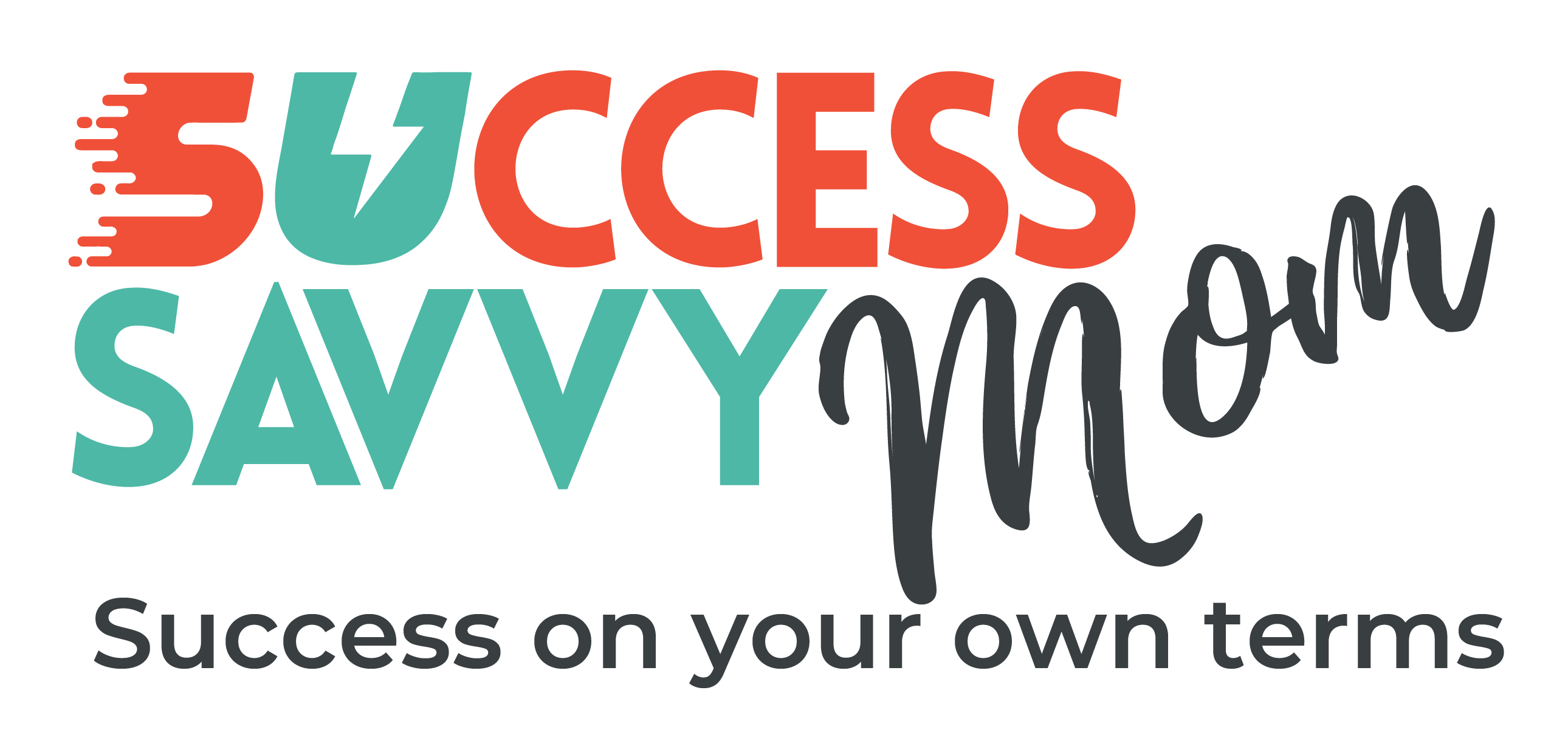
Table of contents:
Here’s what I’ll cover in this article:
- Define Your Niche and Ideal Client
- Set Clear Goals and Objectives
- Design Your Coaching Practice
- Choose the Right Duration
- Determine Pricing and Payment Options
- Create Supportive Resources
- Set Expectations and Establish a Clear Communication Plan
- Offer a Guarantee
- Test and Refine
Coaching is a powerful way to help people unlock their full potential, achieve their goals, and transform their lives. If you’re a coach – or if you aspire to be one – you understand the importance of providing value to your clients and guiding them toward success.
I would argue that THE key to not only your success as a coach, but also your clients‘ success in achieving their results, is your ability to craft a coaching package that not only attracts clients but also delivers on the promises you’ve made.
That’s why in this post, I’m going to go in depth into the essential steps to create a coaching package that truly serves your clients and establishes your reputation as an effective and trustworthy coach.
Let’s dive right in!
1 – DEFINE YOUR NICHE AND IDEAL CLIENT
This may or may not be something that you already know, but because this is such a crucial part of your business, I have to start here.
Knowing who it is that you’re going to be helping, how you’re helping them, what you’re helping them with etc is the first thing you need to know, so if you don’t yet, then please start here!
So think about what specific area or niche are you most passionate about coaching in? What type of clients do you connect with the most? The more you niche down, the more focused and effective your coaching package can be. For example, you might choose to specialize in life coaching for busy professionals, career coaching for recent graduates, or health coaching for busy parents.
Consider the following when defining your niche and ideal client:
- Your passion and expertise
- Client demographics and psychographics
- The specific challenges your ideal clients face
- Your unique selling proposition (USP)

2 – SET CLEAR GOALS AND OBJECTIVES
Once you’ve defined your niche and ideal client, you need to set clear goals and objectives for your coaching package.
What do you want your clients to achieve through your coaching?
If you’ve done the first part (choosing and understanding your niche), then you should know what it is that your audience is struggling with right now. Where are they now, and where do they want to be?
Having this understanding is what’s going to allow you to properly set goals with your clients.
Goals and objectives provide a roadmap for both you and your clients, ensuring that your coaching package is focused and results-oriented – which is ultimately what will allow you to deliver on your promises.
Your goals and objectives should be SMART:
- Specific: Clearly define what your clients will achieve. Avoid any subjectivity here!
- Measurable: Set quantifiable milestones to track progress.
- Achievable: Ensure that the goals are realistic and attainable. Setting goals that are ambitious is important to motivate your client, but setting goals that they can’t achieve will have the opposite effect and just leave them discouraged and dejected, which you want to avoid at all costs!
- Relevant: Align the goals with your client’s needs and desires.
- Time-bound: Establish a timeframe for reaching each goal.
Related: read more about SMART goals here!
3 – DESIGN YOUR COACHING PROCESS
The coaching process is the heart of your coaching package. It’s the step-by-step journey your clients will embark on to achieve their goals. This process should be tailored to your niche and the unique needs of your clients.
Here are the elements you need to consider when designing your coaching process:
- Assessment: Begin with an in-depth assessment to understand your client’s current situation, challenges, and aspirations.
- Goal Setting: Collaborate with your clients to set clear and specific goals.
- Action Plans: Develop customized action plans that outline the steps to reach those goals.
- Accountability: Define how you will hold your clients accountable for their commitments.
- Support: Determine the level of support and resources you’ll provide, such as materials, tools, or additional resources.
- Progress Monitoring: Create a system for tracking and evaluating progress, adjusting the coaching process as needed.
For most coaches, these are the most important elements you’ll need to consider for your coaching. If you coach for a very niche market, there may be other elements not stated here that you’ll have to take into consideration as well.
If you already know them, then add them to your process. If not, then as you’re working with clients, some elements might pop up – keep note of these and add them to your process for all your future clients!

4 – CHOOSE THE RIGHT DURATION
The duration of your coaching package is a critical factor in achieving your clients’ goals.
Depending on your niche and the complexity of the goals that you’ve set with your clients, coaching packages can range from a few weeks to several months.
It’s essential to strike a balance between providing enough time for clients to see meaningful progress and keeping the package manageable and affordable.
Keep the following factors in mind when deciding how long your coaching package should be:
- How complex are the goals we set?
- How long will it realistically take the client to reach them?
- How often will we meet, and how long will our sessions be?
- How available is my client?
- What is my client’s budget?

6 – CREATE SUPPORTIVE RESOURCES
When they think about what coaching is and what it involves, many new and aspiring coaches imagine the one-on-one interactions with clients and the personal conversations.
And while many coaches start out this way (which is great!), one-on-one coaching should involve a lot more than just your face-to-face sessions. Your clients are likely going to need more support and resources to achieve the results than just what you can teach them in an hour a week (or however long you’ve decided your sessions are going to be).
So to ensure that you’re delivering on the promises that you’ve made for your clients (and this is always what you need to keep at the forefront of your mind!), it’s essential to provide additional resources that support their growth and learning.
These resources can include:
- Worksheets and exercises: customized tools to help clients implement what they’ve learned
- Reading materials: suggested books, articles, or videos relevant to the coaching goals
- Accountability tools: tools to help clients track their progress and stay on course
- Access to a community: connect clients with a like-minded community or a private online group for additional support and encouragement
- Access to a membership area: consider creating a membership area where they can find worksheets, videos, and other tools to help them learn or implement!
7 – SET EXPECTATIONS AND ESTABLISH A CLEAR COMMUNICATION PLAN
This part is something that I find many new and aspiring coaches often overlook, especially setting clear expectations for your clients.
When you begin working together, you need to communicate clearly (on both sides) what you expect from your clients, such as being on time, doing the work, etc. You need to establish the fact that though you are the coach, their success hinges on their actions, and on them thaking this seriously.
Effective communication is vital throughout the entire time you’ll be working together.
You will also want to establish a clear plan for how you’ll interact with your clients, whether through regular coaching sessions, email check-ins, or other forms of communication. Setting expectations and maintaining consistent communication helps build trust and ensures that your clients feel supported.
Consider the following elements when developing your communication plan:
- Frequency of coaching sessions
- Response time to client inquiries
- When you will and will not be available
- Emergency contact procedures
- Progress updates and feedback
Be as transparent in your communication as you can with your client, and let them know you expect the same from them.
8 – OFFER A GUARANTEE
This isn’t something that all coaches offer, and it’s not something that I systematically encourage my clients to offer either.
You can choose for yourself whether it’s something you want to do or not, but there can be some benefits to offering a guarantee, especially in a niche where your client may have already tried out mayn things to solve their problem and still not seen any result.
They may be very unwilling to spend even more money on something they see as very risky (especially coaching, as it’s more expensive), so offering a guarantee may help them make that decision.
You will however have to carefully think about what guarantee you’ll offer, and make sure that the guarantee only comes in effect if the client has actually done the work, and still not gotten results.
In other words, your guaranteeing that if you crap the bed, they’ll be covered, but if they don’t put in the effort, that’s on them.
A well thought-out guarantee can be great though, as it will protect your client, encourage them to work with you, and show them that you’re devoted to helping them get results because you’re guaranteeing it.
Be very, very clear about any guarantee you offer though!
9 – TEST AND REFINE
After lanching your coaching package and working with a few clients, getting their feedback, seeing what does and doesn’t work you’ll start to see place you can improve.
Keep tweaking, changing, adding, cutting out things as you go.
Your coaching package should be something that’s living, evolving, changing, improving constantly. Follow important changes in your niche, and ensure that you’re constantly keeping an eye out for what will make it even easier for your clients to reach their goals.
After all, that’s why you got into coaching in the first place 😉
So there you’ve got it!
Those are the basic elements you need to consider when you’re creating your coaching package so that you’re ensuring that you’ll be delivering on your promises to your clients.
Taking the time to do this properly is crucial, but as with everything in entrepreneurship, don’t get stuck in analysis paralysis. At some point, you have to get out there and test your package with actual clients.
Nothing in the world will replace the feedback you’ll get from the market place!
Now, I’d love to hear from you! Have you put together your coaching package yet? Are there some important aspects that I forgot about in this article? Are there some things that you think aren’t necessary?
Let me know in the comments, I’d love to hear!
Hope to talk soon, and in the meantime, take care!
Jen
P.S. Don’t forget to pin this for later!



